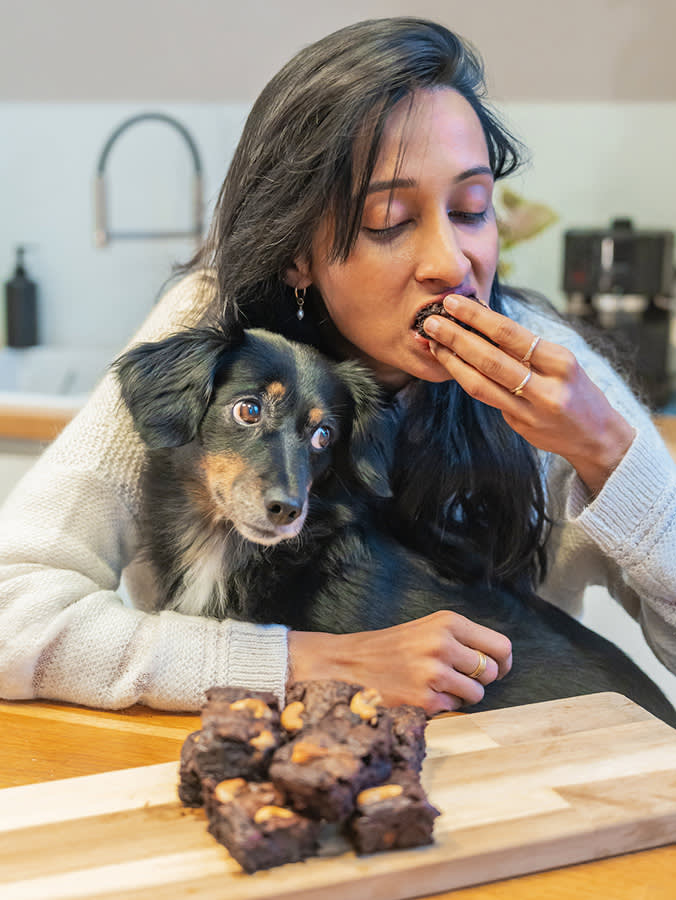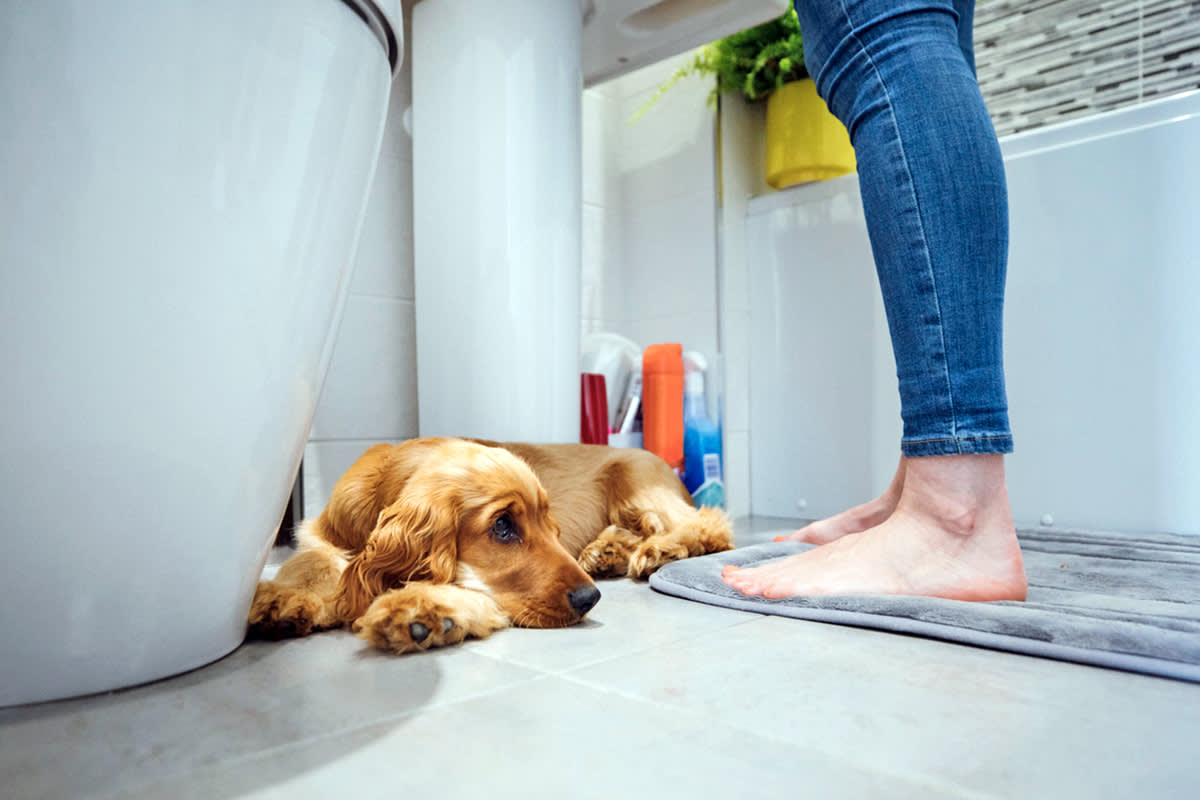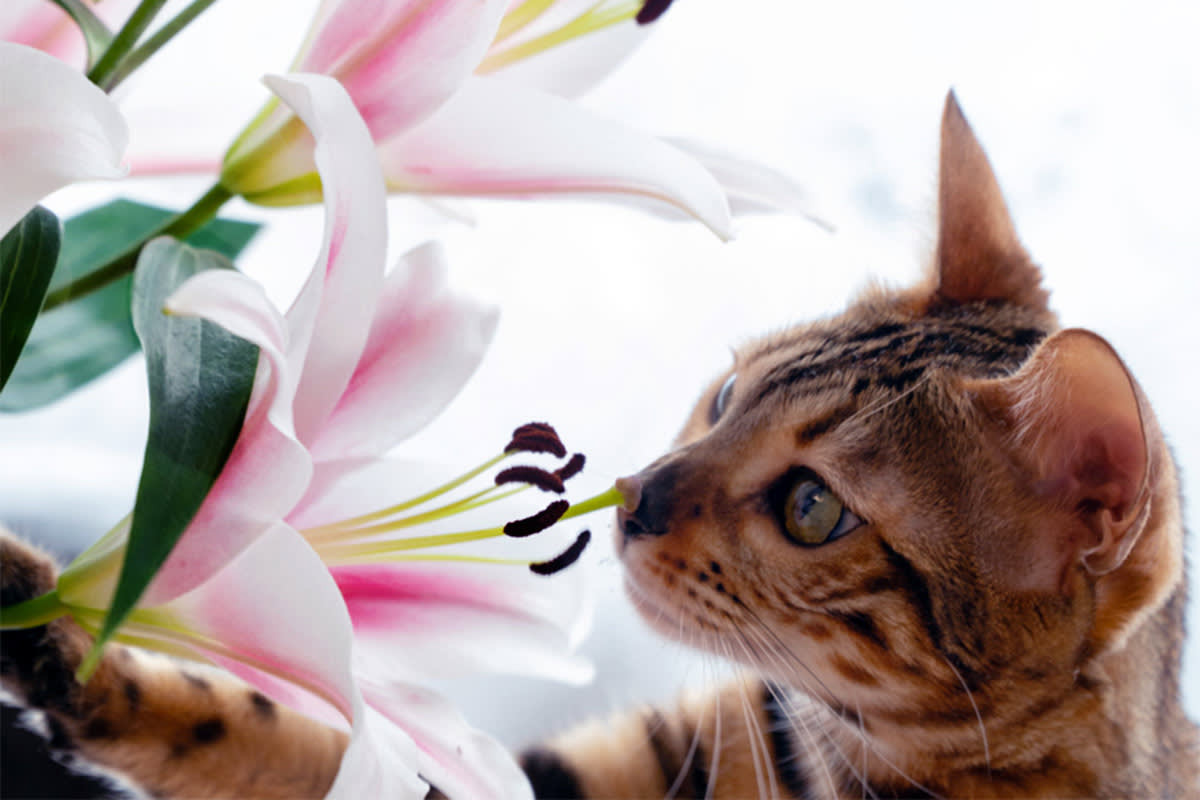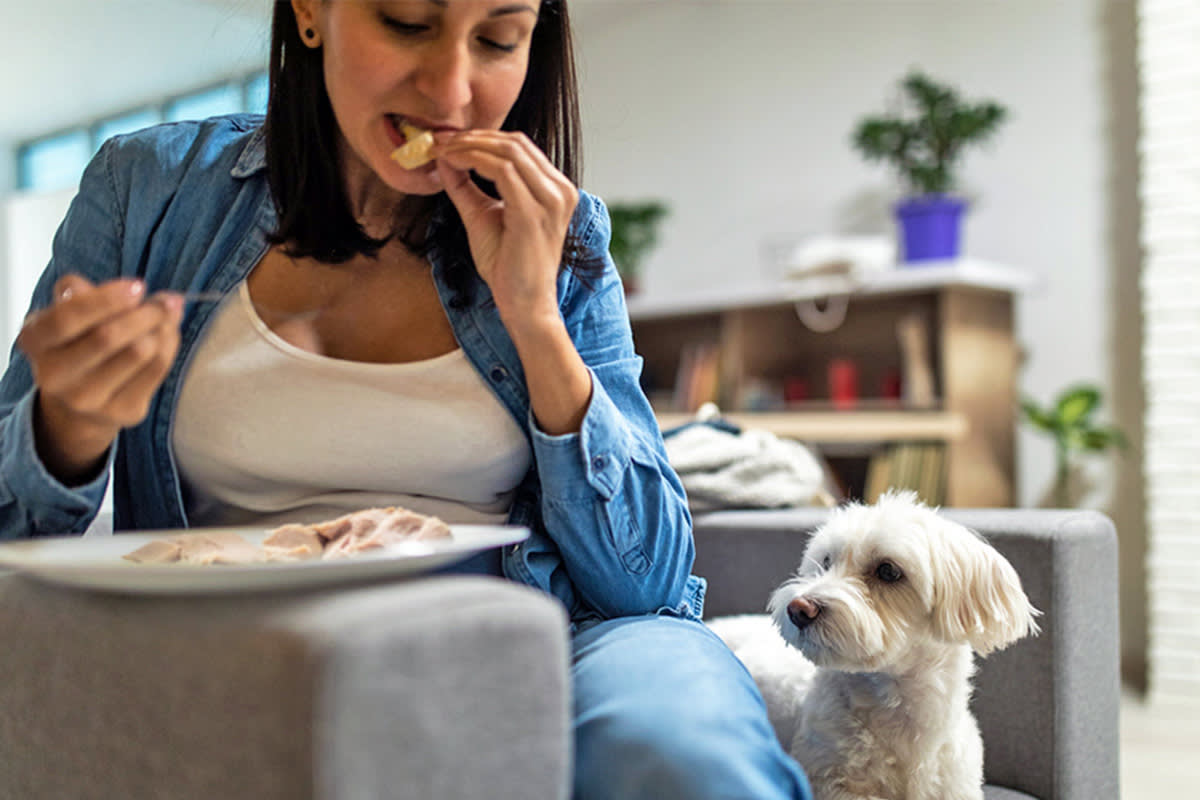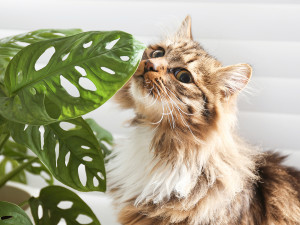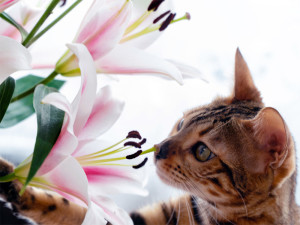Top 10 Toxic Substances Pets Are Exposed to at Home, According to the ASPCA
The most common reasons people called the Animal Poison Control Center hotline in 2024.
Dogs and cats really like to snack — it’s one of the many things that people and pets have in common. But unlike humans, pets aren’t very good at reading warning labels before they chow down. That means it’s up to us to keep them safe from toxic substances, which unfortunately abound in our daily lives. A new report from the American Society for the Prevention of Cruelty to Animals (ASPCA) reveals the top ten toxins most commonly reported to their Animal Poison Control Center (APCC) last year.
In 2024, the APCC responded to over 451,000 calls from pet parents whose peckish pets — from cats and dogs to snakes and peacocks — were a little too curious. This was significantly more calls than last year, which Dr. Tina Wismer, the Senior Director of the ASPCA Animal Poison Control Center, attributes partly to a growing awareness of the risks our pets face. Our puppy’s development stages may have something to do with it, too. “We have a lot of people who adopted pets during Covid,” Dr. Wismer says. These puppies tend to get less rambunctious for a period, and then regress. “They get older and they start to get into stuff more. We see this dip in the middle.”
Returning to in-office work is another possible explanation for the rise in calls. “We’ve become a little more lax in our protective measures,” Dr. Wismer says. “We think, ‘Well, the dogs have been great while I’ve been home.’ Then we go back to work and the dogs are like, ‘Yes!’”
The top ten pet toxins of 2024
We talked to Dr. Wismer about the top ten pet toxins — and how you can keep your pet safe.
How much do you spend on your pet per year?
10. Recreational drugs
Your cat (or dog!) can have all the catnip they want, but the other green stuff’s a no-no. “We know that over the past few years, as marijuana has been legalized for either recreational or medical use, we’ve seen increases in pets getting into it,” Dr. Wismer says. THC can cause a variety of nasty symptoms in pets, including tremors, vomiting, and disorientation.
The number of marijuana-related calls have leveled out, she adds, but there’s a new culprit rising in the ranks: shrooms — particularly a variety called Amanita muscaria. “They’ve been putting this into chocolate bars,” Dr. Wismer says. This makes them doubly dangerous, since chocolate comes with its own risks (no spoilers, but more on this later). “These are not regulated at all by anyone, and because a lot of them are chocolate, dogs are thrilled to get into them.” They can cause more severe symptoms than marijuana, including tremors and seizures.
9. Insecticides
If you’re using insecticides, the ASPCA recommends opens in new tab diluting the product to the lowest percentage needed to work, keeping your pet away from insecticide while it dries, and locking the product up when it’s not in use.
8. Household products
Dr. Wismer explains that cleaning products and laundry detergent are the most commonly reported household products that pets ingest. They should be stored far out of a pet’s reach.
7. Rodenticides
Needless to say, rat poison is super dangerous for your pets. The ASPCA recommendsopens in new tab keeping your cats and dogs out of affected areas and regularly checking that bait hasn’t moved.
6. Plants and fungi
Both dogs and cats should be shielded from poisonous plants, but our feline friends are especially likely to chow down on some leaves — however high we try to hide them. “With cats we get more calls about plants than anything else. Especially bouquets,” Dr. Wismer says. “Unfortunately, lilies are very common in bouquets and they can be deadly to cats.”
5. Veterinary products
To make them more appealing to dogs and cats, lots of veterinary medications are formulated to be pretty yummy. The downside of that is that your pet might want to go back to snack on more than their prescribed dosage.
Dr. Wismer explains that chewable medications for arthritis and urinary incontinence are the most common culprits. “Overdoses of that medication can cause high blood pressures and seizures,” she says. “Since they’re tasty, we want to keep them away from pets.”
4. Chocolate
It’s a great tragedy, but chocolate is a classic doggie no-no — and it’s toxic for cats, too. Chocolate can cause symptoms including vomiting, diarrhea, and elevated blood pressure; in severe cases, ingesting the snack can lead to a seizure, coma, or death.
3. Human prescription medications
No, they’re not raiding your medical cabinet — but they are gobbling up any dropped or unsupervised pills. Screw those childproof caps on tight.
2. Human food and drinks
There are plenty of snacks you can safely share with your pet, but there are also a lot of dangerous human foods out there, including some human favorites like onions, garlic, grapes, avocado, and caffeine.
1. Over the counter medications, vitamins, and supplements
Drumroll: The most common call is for over the counter medications, vitamins, and supplements, like good old (toxic) Ibuprofen and Tylenol.
How to keep your pet safe
Yes, that’s a scary list of everyday household items. Luckily, there are plenty of ways to keep your pet out of harm’s way. “It is all about prevention,” Dr. Wismer says.
It’s especially vital to protect high-energy puppies and kittens. “They’re much more agile. They’re going to get into things that you don’t expect,” Dr. Wismer says. “Puppy proofing or pet proofing your house before you bring them on board is the best thing to do.”
When it comes to puppy proofing, Dr. Wismer recommends keeping things (especially tempting, tasty treats) off the counters and out of your pet’s reach. She also advocates for using tools like baby gates and locks on cabinets; crate training a pup can help, too.
Dr. Wismer stresses that all members of the household have to be on board — whether those are roommates, partners, or kids. Everyone will have to stay alert and keep the pet’s safety at the top of their mind when dealing with toxic substances, from obvious dangers like rat poison to everyday snacks like grapes. “It’s a lot of training people as opposed to training pets,” she says.
If your pet gets into trouble anyway (they can be crafty, after all), the ASPCA Animal Poison Control Center is available 24/7, 365 days a year. You can call (888) 426-4435 for immediate assistance.
